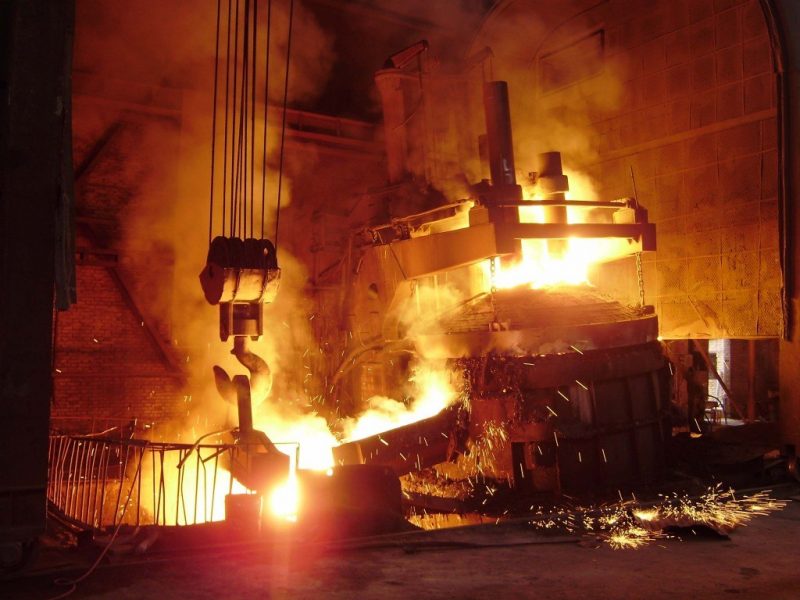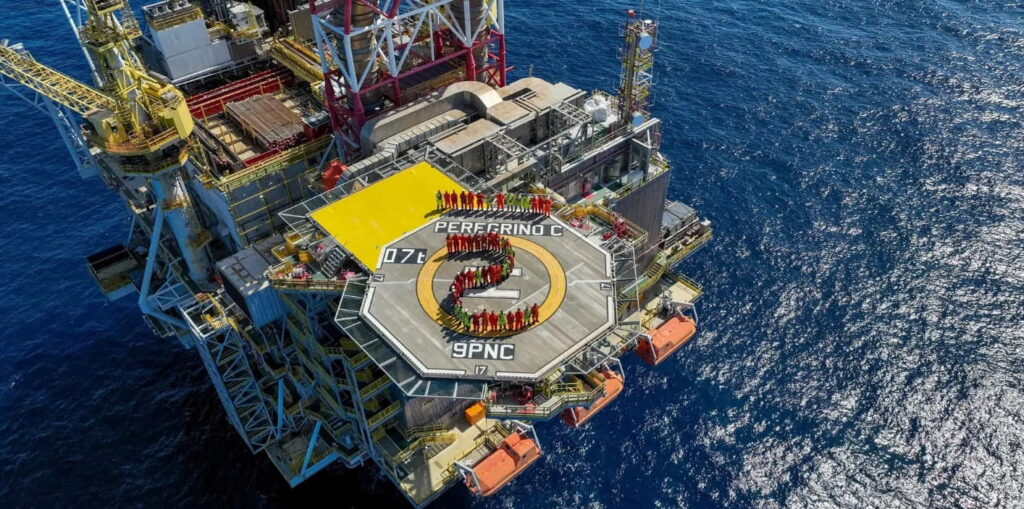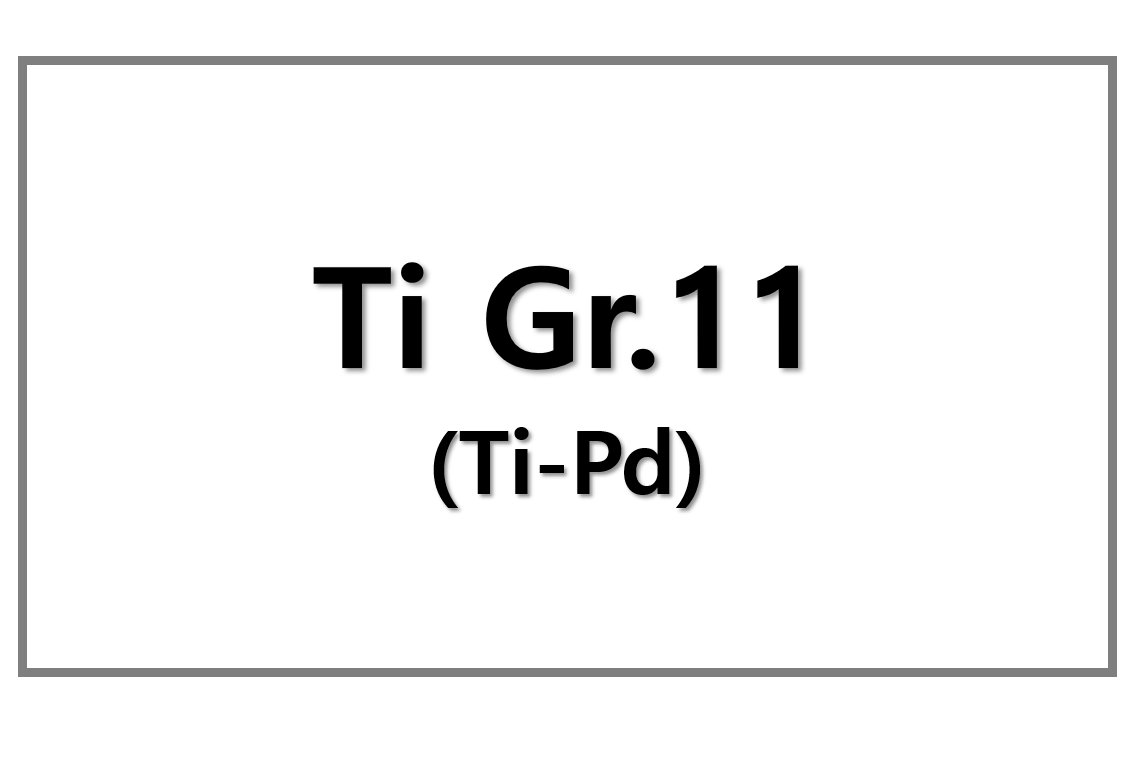
Steel Output Drops Across Major Producers
Global steel production fell sharply in June 2025, dropping by 5.8% year-on-year to 151.4 million tons. This marked a 4.7% decrease from the previous month, according to the World Steel Association. The drop highlights weakened demand and uneven recovery across top producing nations.
China, the world’s largest steelmaker, produced 83.2 million tons—down 9.2% year-on-year. Meanwhile, India defied the trend, increasing production by 13.3% to 13.6 million tons. The United States also grew its output by 4.6%, reaching 6.9 million tons. However, Japan, Russia, and Germany all recorded steep year-on-year declines.
Steel output in the CIS region, including Ukraine, dropped 8.8% year-on-year to 6.7 million tons. Ukraine alone produced 621,400 tons in June—down 2.3% from last year and 15.4% from May. The region continues to grapple with logistical challenges and constrained investment.
Global Steel Production in Decline for 2025
In the first half of 2025, global steel production totaled 934.3 million tons—a 2.2% decrease compared to the same period last year. The CIS+Ukraine region produced 41.6 million tons, marking a 5.4% year-on-year drop. Ukraine contributed 3.68 million tons in that span, reflecting a 4.9% annual decrease.
The World Steel Association’s June rankings show broader pressure on global capacity. South Korea, Turkey, and Brazil posted modest declines, while Germany and Iran saw the steepest drops at -15.9% and -15.5%, respectively. These figures point to a cooling global steel market amid sluggish construction and industrial activity.
In contrast, India’s steady growth underscores structural shifts in global steel demand. India’s rising infrastructure projects and domestic consumption are driving its upward trajectory, even as Western economies contract. The U.S. also showed moderate growth, supported by infrastructure spending and stable energy prices.
SuperMetalPrice Commentary:
June’s global steel production drop reflects ongoing weakness in international demand, particularly from China and Europe. Energy volatility, protectionist trade policies, and cooling real estate sectors have added downward pressure. India and the U.S. offer rare bright spots, but structural overcapacity and underinvestment in sustainability continue to weigh on the sector. If current trends hold, 2025 may mark a second consecutive year of global steel contraction. Strategic producers will need to refocus on efficiency, decarbonization, and resilient trade routes.











Leave a Reply
You must be logged in to post a comment.